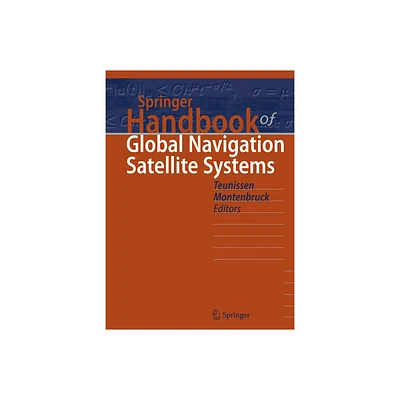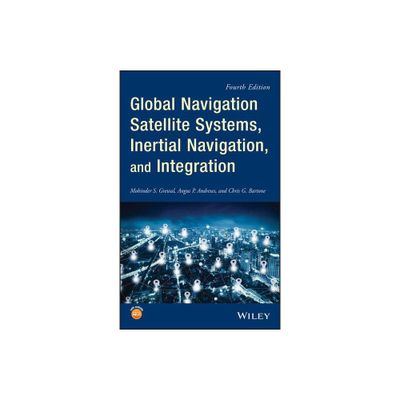Home
Tropospheric and Ionospheric Effects on Global Navigation Satellite Systems
Loading Inventory...
Barnes and Noble
Tropospheric and Ionospheric Effects on Global Navigation Satellite Systems
Current price: $140.00


Barnes and Noble
Tropospheric and Ionospheric Effects on Global Navigation Satellite Systems
Current price: $140.00
Loading Inventory...
Size: Hardcover
*Product Information may vary - to confirm product availability, pricing, and additional information please contact Barnes and Noble
Tropospheric and Ionospheric Effects on Global Navigation Satellite Systems
Explore atmospheric effects on radio frequency propagation in the context of Global Navigation Satellite System communication
In
, a team of distinguished researchers deliver an accessible and authoritative introduction to all scientifically relevant effects caused by the ionosphere and troposphere on GNSS RF signals. The book explores the origin of each type of propagation effect and explains it from a fundamental physical perspective. Each of the major methods used for the measurement, prediction, and mitigation of ionospheric and tropospheric effects on GNSS are discussed in detail.
The authors also provide the mechanisms that drive ionization and plasma transport in the ionosphere, propagation phenomena (including scattering, absorption, and scintillations), and the predominant predictive models used to predict ionospheric propagation effects.
With an emphasis on global navigation satellite systems, the book discusses the US Standard Atmosphere, a general reference model for characteristics of the unionized atmosphere. It also considers:
Thorough introductions to the Global Positioning System and the principles of GNSS positioning
Comprehensive explorations of tropospheric propagation and predictive models of the troposphere
Practical discussions of the physics of the ionosphere, experimental observation of the ionosphere, and ionospheric propagation
In-depth examinations of predictive models of the ionosphere, including group delay models for single-frequency GNSS receivers
Ideal for engineers and research scientists with a professional or personal interest in geophysics, RF propagation, and GNSS and GPS applications,
will also earn a place in the libraries of undergraduate and graduate students studying RF propagation or GNSS.
Explore atmospheric effects on radio frequency propagation in the context of Global Navigation Satellite System communication
In
, a team of distinguished researchers deliver an accessible and authoritative introduction to all scientifically relevant effects caused by the ionosphere and troposphere on GNSS RF signals. The book explores the origin of each type of propagation effect and explains it from a fundamental physical perspective. Each of the major methods used for the measurement, prediction, and mitigation of ionospheric and tropospheric effects on GNSS are discussed in detail.
The authors also provide the mechanisms that drive ionization and plasma transport in the ionosphere, propagation phenomena (including scattering, absorption, and scintillations), and the predominant predictive models used to predict ionospheric propagation effects.
With an emphasis on global navigation satellite systems, the book discusses the US Standard Atmosphere, a general reference model for characteristics of the unionized atmosphere. It also considers:
Thorough introductions to the Global Positioning System and the principles of GNSS positioning
Comprehensive explorations of tropospheric propagation and predictive models of the troposphere
Practical discussions of the physics of the ionosphere, experimental observation of the ionosphere, and ionospheric propagation
In-depth examinations of predictive models of the ionosphere, including group delay models for single-frequency GNSS receivers
Ideal for engineers and research scientists with a professional or personal interest in geophysics, RF propagation, and GNSS and GPS applications,
will also earn a place in the libraries of undergraduate and graduate students studying RF propagation or GNSS.


















